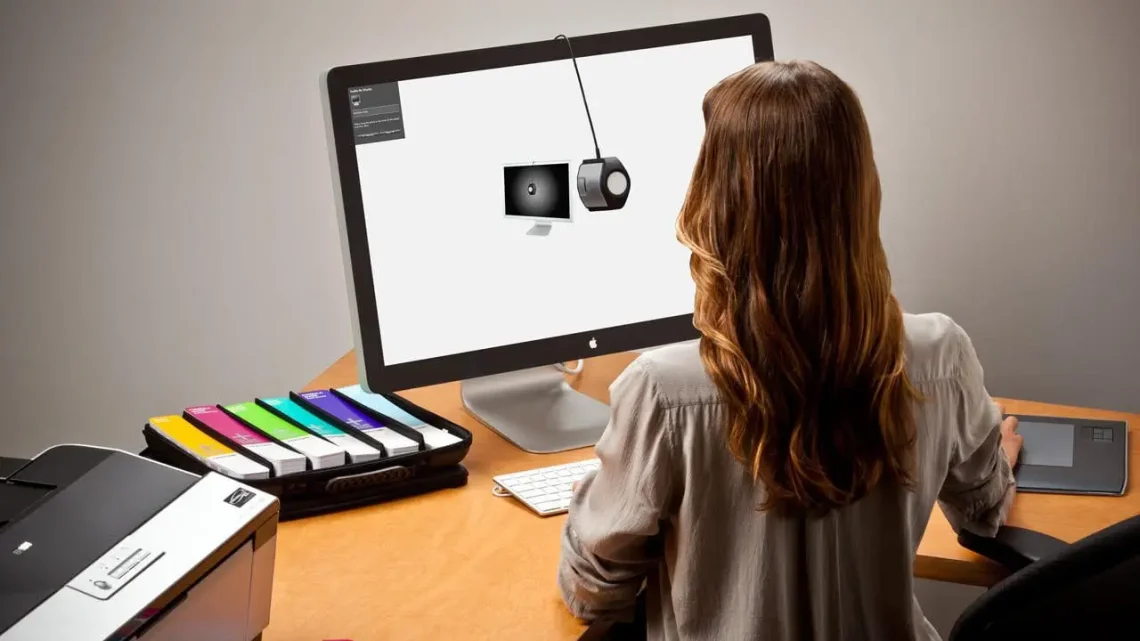In the modern digital age, laptops have become an indispensable tool for work, entertainment, and communication. The heart of any laptop’s visual experience lies in its LCD (Liquid Crystal Display) screen. The quality of the LCD directly impacts the way you perceive images, videos, and text, making it essential to choose the right one for an optimal viewing experience. With a plethora of options available in the market, understanding the key factors to consider when choosing a laptop LCD is crucial. This article aims to guide you through these factors, ensuring that you make an informed decision that aligns with your needs and preferences.
1. Resolution: Clarity at a Glance
Resolution is a fundamental factor that determines the level of detail and sharpness of images and text on your laptop screen. It is represented by the number of pixels in width and height (e.g. 1920×1080 for Full HD). Higher resolutions offer crisper visuals, making it easier to read small text and enjoy high-definition content. While 1080p (Full HD) is the most common resolution and suitable for most tasks, creative professionals and gamers might opt for higher resolutions like 1440p (2K) or even 4K for the ultimate clarity.
2. Panel Type: Color and Contrast Accuracy
Laptop LCDs come in various panel types, each with its own strengths and weaknesses. The most common types are:
- IPS (In-Plane Switching): IPS panels offer excellent color reproduction, wide viewing angles, and accurate contrast. They are perfect for tasks that require color accuracy, such as graphic design, photo editing, and content creation. IPS panels are also well-suited for binge-watching your favorite shows or movies.
- TN (Twisted Nematic): TN panels are known for their fast response times, making them suitable for gaming. However, they often compromise on color accuracy and viewing angles compared to IPS panels.
- VA (Vertical Alignment): VA panels strike a balance between IPS and TN panels. They offer good color reproduction, better contrast than IPS panels, and reasonable response times. VA panels can be a solid choice for a variety of tasks.
3. Color Gamut: Bringing Life to Colors
Color gamut refers to the range of colors that a display can reproduce. A wider color gamut means more vibrant and true-to-life colors. If you are involved in creative work or appreciate vivid visuals, look for a laptop LCD that covers a higher percentage of sRGB or AdobeRGB color spaces. This ensures that the colors you see on the screen match those in real life or your design intentions.
4. Brightness and Backlighting: Adaptability to Environments
Brightness levels are crucial, especially if you frequently use your laptop in different lighting conditions. A brighter screen is essential for outdoor use or well-lit environments. However, excessively bright screens might lead to eye strain during prolonged usage in low-light conditions. Some laptops feature adaptive brightness, which adjusts the screen’s brightness based on ambient light, enhancing both visibility and energy efficiency.
5. Refresh Rate: Smooth Visuals and Gaming
The refresh rate indicates how many times the display updates per second. A higher refresh rate, measured in Hertz (Hz), leads to smoother motion, which is especially important for gaming and video playback. While 60Hz is standard and adequate for most tasks, gamers might prefer laptops with refresh rates of 120Hz, 144Hz, or even 240Hz for a more fluid gaming experience.
6. Touchscreen Functionality: Interactivity and Convenience
Some laptops offer touchscreen functionality, allowing you to interact with the screen using gestures and taps. Touchscreens can be beneficial for tasks like drawing, note-taking, and navigating interfaces, offering an intuitive and hands-on experience. However, they can also add glare and fingerprints to the display, so consider your preferences and usage patterns when deciding if this feature is right for you.
7. Size and Aspect Ratio: Finding the Right Fit
Laptop screen sizes can vary significantly, with typical sizes ranging from 13 to 17 inches. The size you choose should align with your intended usage – smaller screens are more portable, while larger ones offer more screen real estate for multitasking and immersive entertainment. Additionally, consider the aspect ratio – the ratio of width to height – which affects how content is displayed. Common aspect ratios include 16:9 and 3:2, each catering to different needs.
8. Anti-Glare and Blue Light Filters: Protecting Your Eyes
Extended screen time can lead to eye strain and discomfort. To mitigate this, look for laptops with anti-glare coatings that reduce reflections and minimize strain caused by harsh lighting conditions. Additionally, some laptops offer blue light filters or modes that reduce the amount of blue light emitted by the screen, helping to alleviate eye fatigue, especially during nighttime usage.
9. Connectivity and Ports: Expand Your Display Horizons
Consider the types and number of ports available on the laptop. Having multiple ports – like HDMI, USB-C, and DisplayPort – allows you to connect external monitors for a more expansive and productive workspace. This is especially useful for professionals who require multiple displays for their work.
10. Budget and Priorities: Balancing Features and Cost
While it’s tempting to opt for the latest and greatest display technologies, it’s essential to balance your preferences with your budget. Consider what aspects of the display matter most to you based on your primary use cases. A professional photographer might prioritize color accuracy, while a gamer might prioritize refresh rate and response time.
In conclusion, choosing the perfect laptop LCD involves a thoughtful consideration of various factors that influence your viewing experience. From resolution and panel type to color gamut and refresh rate, each factor contributes to how you perceive content on your laptop screen. By understanding your needs, preferences, and the tasks you’ll be performing, you can make an informed decision that ensures an optimal and enjoyable visual experience for years to come.





